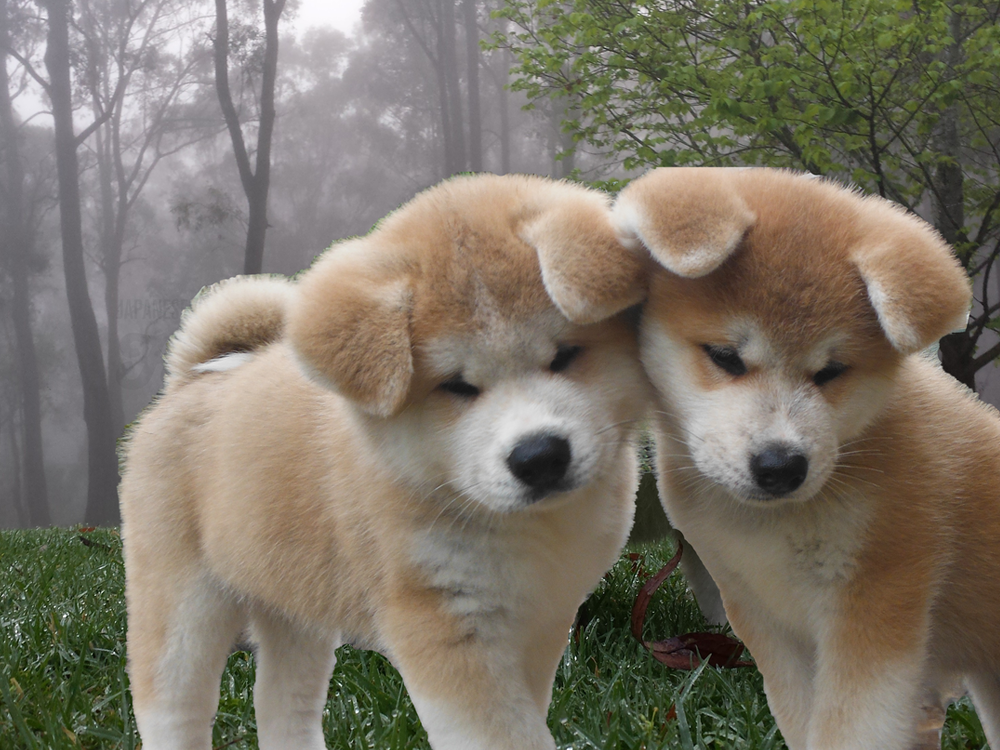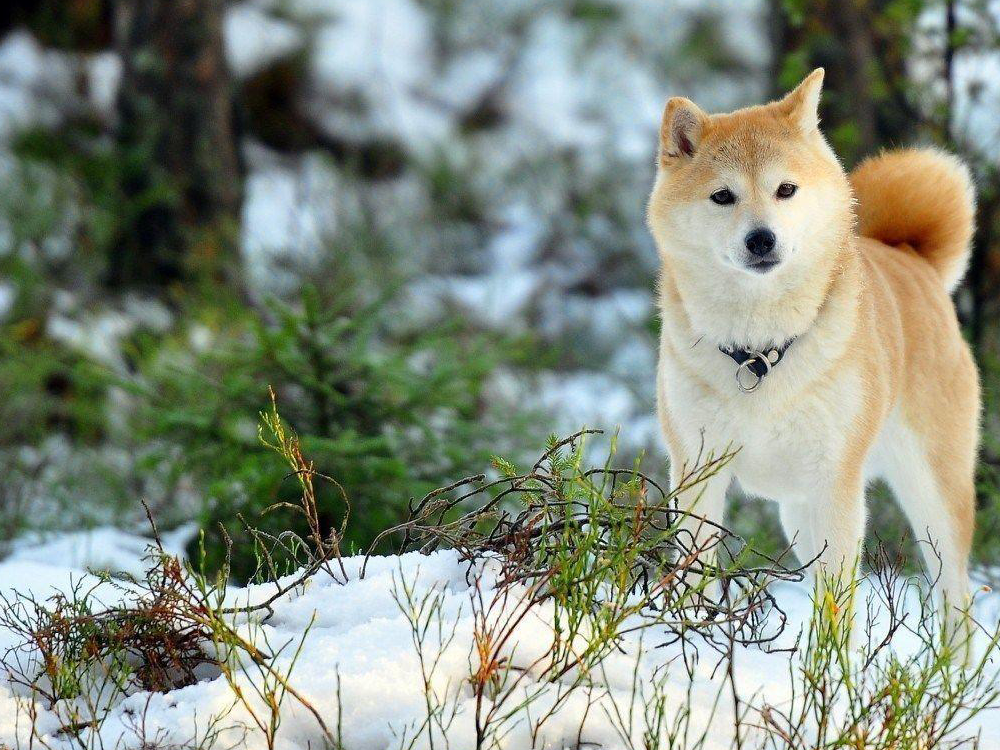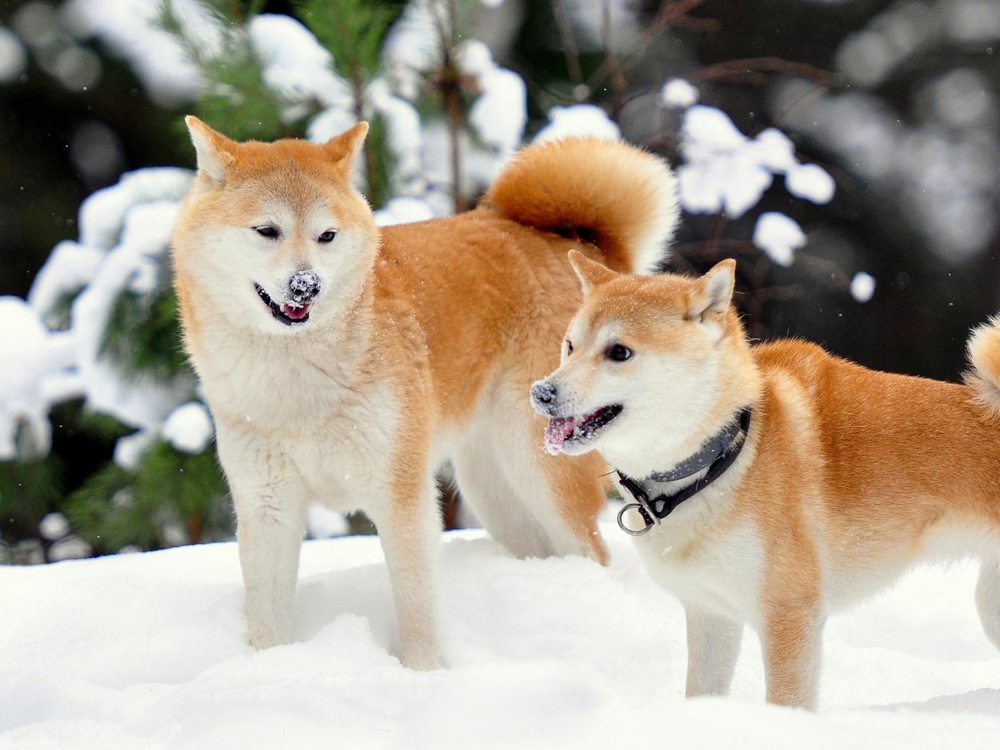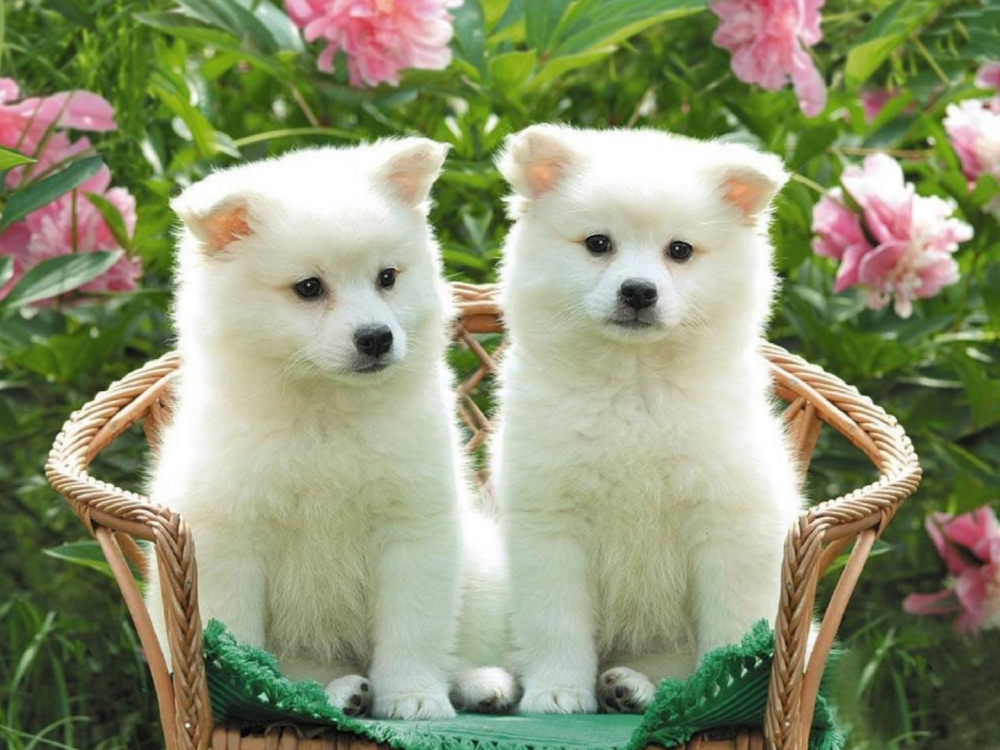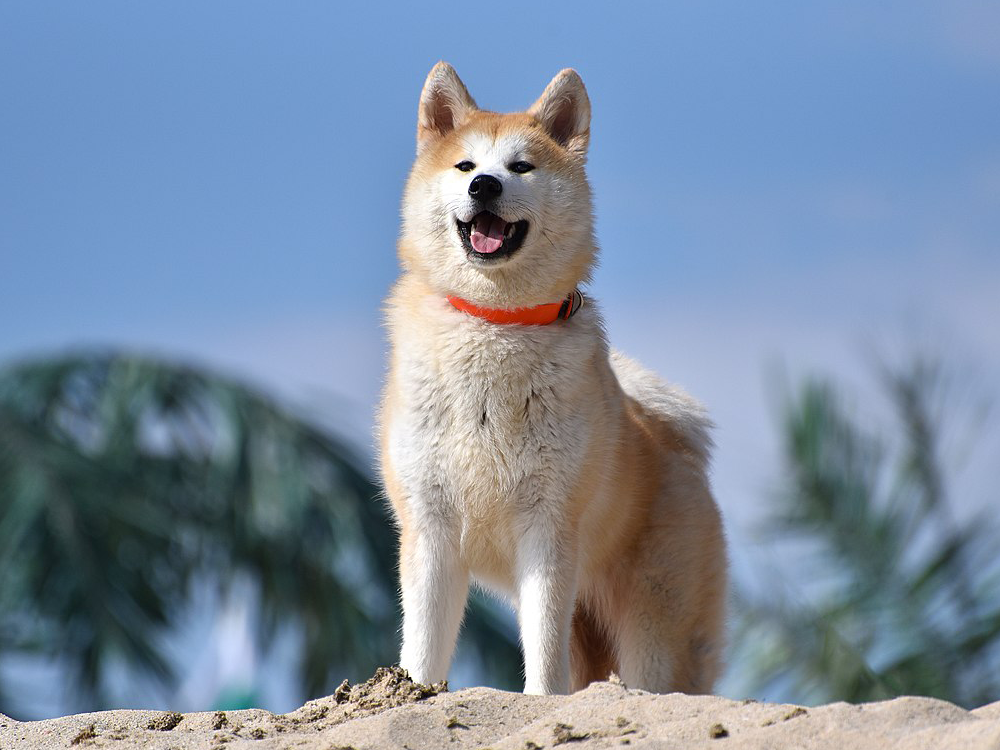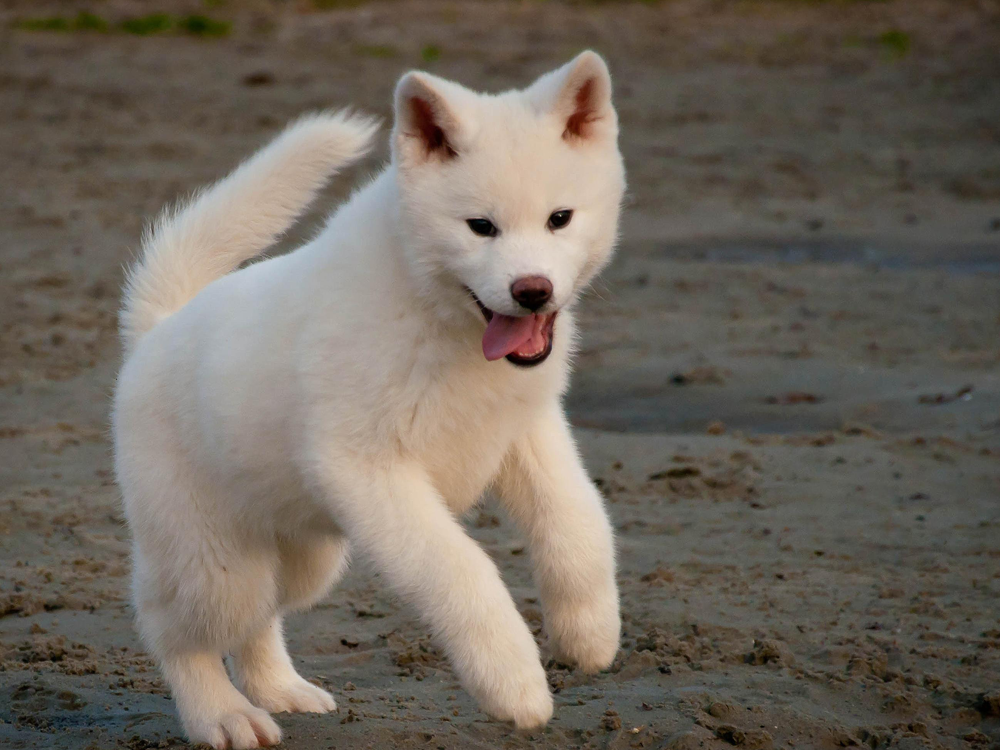
Japanese Akita Inu Breed Pictures
Vital Breed Stats
| Height: | 66 - 71 cm M | 61 - 66 cm F |
| Weight: | 34 - 54 kg M | 34 - 50 kg F |
| Breed Group: | Terrier Dog Group |
| Life Expectancy: | 11 - 14 years |
| KC Registered: | No |
Breed Characteristics
| Size: |  |
| Grooming: |  |
| Exercise Level: |  |
| Trainability: |  |
| Barking Level: |  |
| Good with Children: |  |
| Good with other pets: |  |
| Affectionate: |  |
| Protective: |  |
| Cost to Keep: |  |
Give a thumbs up if you love the Japanese Akita Inu

0
More About the Breed
History
The origin of the Japanese Akita Inu is a bit of a mystery as there are varying stories. The common belief is that the name was derived from its place of origin, the Akita prefecture located in Honshu, Japan. Breed experts believe that that the foundation dog for the Akita breed is the ancient Matagi. It is one of the most ancient native dogs in the country that was developed to hunt game in the 1600s. Some people say that it also may have descended from the Great Dane, the Tosa Inu and Mastiff-type dogs.
The Japanese Akita Inu’s numbers went down after World War II as some were eaten because of the lack of food while others were killed to prevent the spread of diseases. Japan started efforts to restore its numbers and declared the Akita Inu its national dog in 1931. To ensure its survival, German Shepherds were incorporated into the breed. In the USA, breeding programs deviated from the original appearance and went on to create larger and bear-like fighting Akitas.
Major international breed organisations are divided regarding the status of the breed. While most registries, including The Kennel Club, recognised the Japanese and American strains of Akita as separate breeds, the American Kennel Club and the Canadian Kennel Club consider the two strains a single breed.
Appearance
The Japanese Akita Inu is a well-balanced, solid and sturdy dog that is slightly longer than it is tall. Standing 58 to 70 centimetres at the withers and weighing 75 to 118 pounds, it is a large Spitz-type breed, a bit smaller than its American cousin. It has a round head, broad and flat skull, well-defined cheeks, and straight and deep muzzles. It has a large nose (flesh for white dogs), tight lips with pigmentation, small almond-shaped and dark brown eyes, thick triangular ears with round tips, and strong jaws with a perfect scissor bite.
Akita Inus are double-coated dogs. They boast of a straight, coarse outer coat that stands off, which is slightly longer at the withers and rump, and more profuse on the tail. Their undercoat is soft and dense with no feathering. According to KC standards, the accepted colours are fawn, brindle, sesame, and white.
Grooming
Temperament
Japanese Akita Inus are known to be noble, loyal and courageous dogs that build strong bonds with owners. However, they hold into their independent nature so they are quite stubborn, making them difficult for new dog owners. They are better off in the hands of a firm and experienced owner that can establish its alpha role early on. Akitas tend to be dominant so early trainings are important for them to know their place in the pack, which is below everyone else in the household.
Akita Inus are affectionate toward family members but are reserved toward unfamiliar faces. This wariness toward strangers makes them good watchdogs and guard dogs but early socialisation should teach them not to be aggressive when uncalled for. This breed is fond of children but its size and aloof personality may not fit well with families with very young children. They are better suited for households with older kids that are more mature. It is important for parents to teach kids how to approach dogs regardless of the breed.
Intelligence
Akitas have a tendency to be aggressive toward other dogs especially those of the same gender, which is why early socialisation is needed. Every interaction should be handled with caution especially if your dog is starting to show negative reactions. Small animals should be avoided altogether.
The Japanese Akita is an intelligent breed that can easily learn new things. However, training is difficult because its independent nature drives it to become disobedient. This is the reason why it needs to be in handled by a consistent and firm owner that can handle this physically powerful and strong-willed dog.
Nutrition
- Senior and less active: up to 1890 calories daily
- Typical adults: up to 2,120 calories daily
- Physically active/working dogs: up to 2,360 calories daily
Feeding
Health
Exercise
Cost of Ownership
Large dogs like the Japanese Akita Inu would have higher calorie needs and would require bigger equipment, meaning they are more expensive to keep than smaller breeds. For starters the price tobuy a Japanese Akita Inu puppy is £500 to £900 or more. Pet insurance for this breed will be £50 to £70 a month for basic coverage.
High quality food and treats per month for the Akita Inu will set you back about £50, while costs for basic equipment will initially be £200. Another significant and costly expense in dog ownership is veterinary care. Routine check-ups as well as annual vaccinations, scheduled worming and flea treatments and neutering can cost you up to £1,100 annually.
Is a Japanese Akita Inu Right for You?
- The Japanese Akita Inu is a loyal and courageous breed.
- It can develop a strong bond with its owners.
- It is indifferent and wary of strangers, making it a good guard dog.
- The Akita Inu has easy grooming needs but since it sheds profusely all year round, prepare to have hair around the house.
- Its independent and stubborn characteristics prove to be difficult for inexperienced owners.







